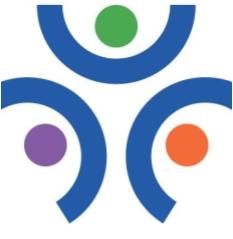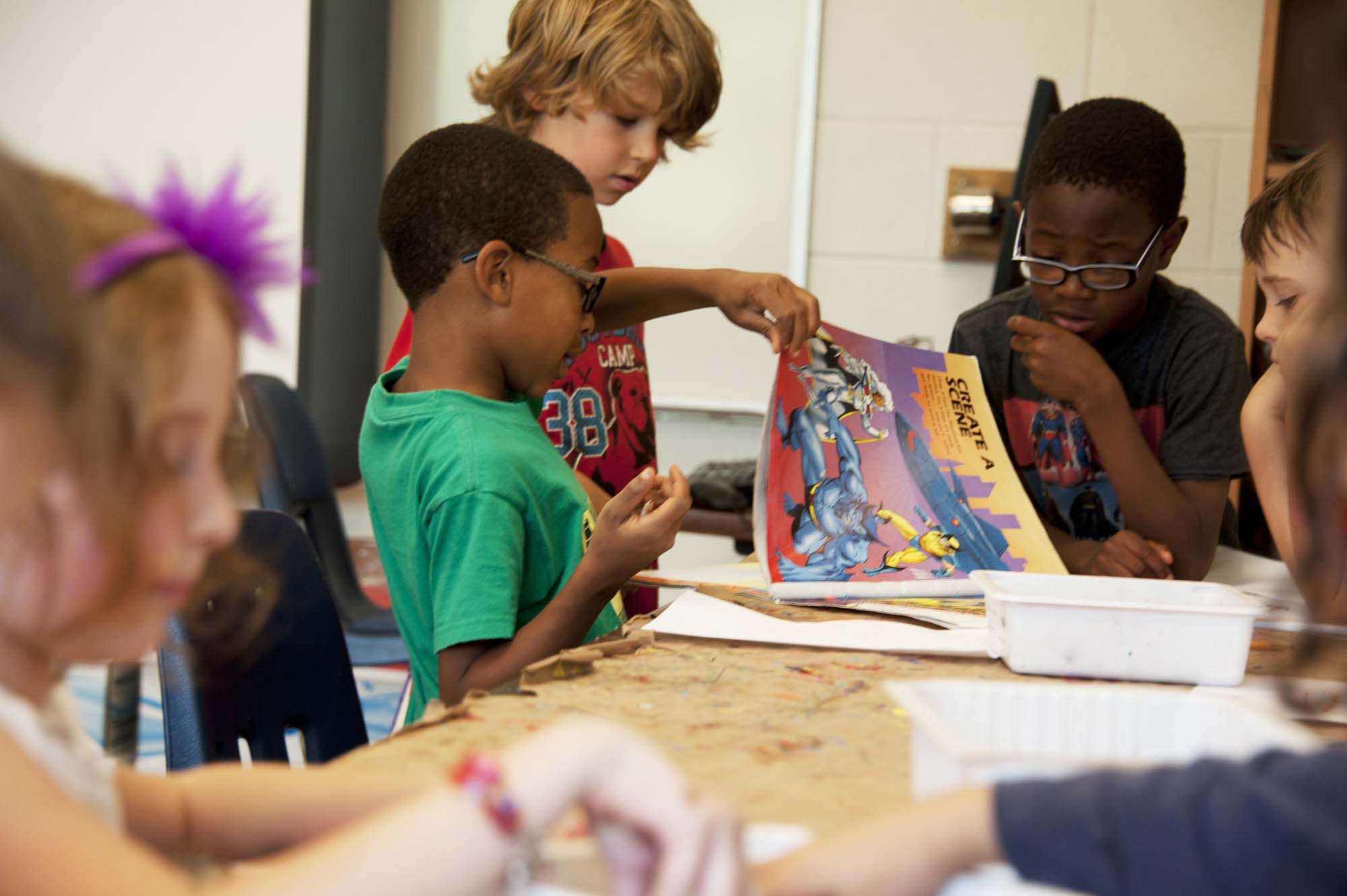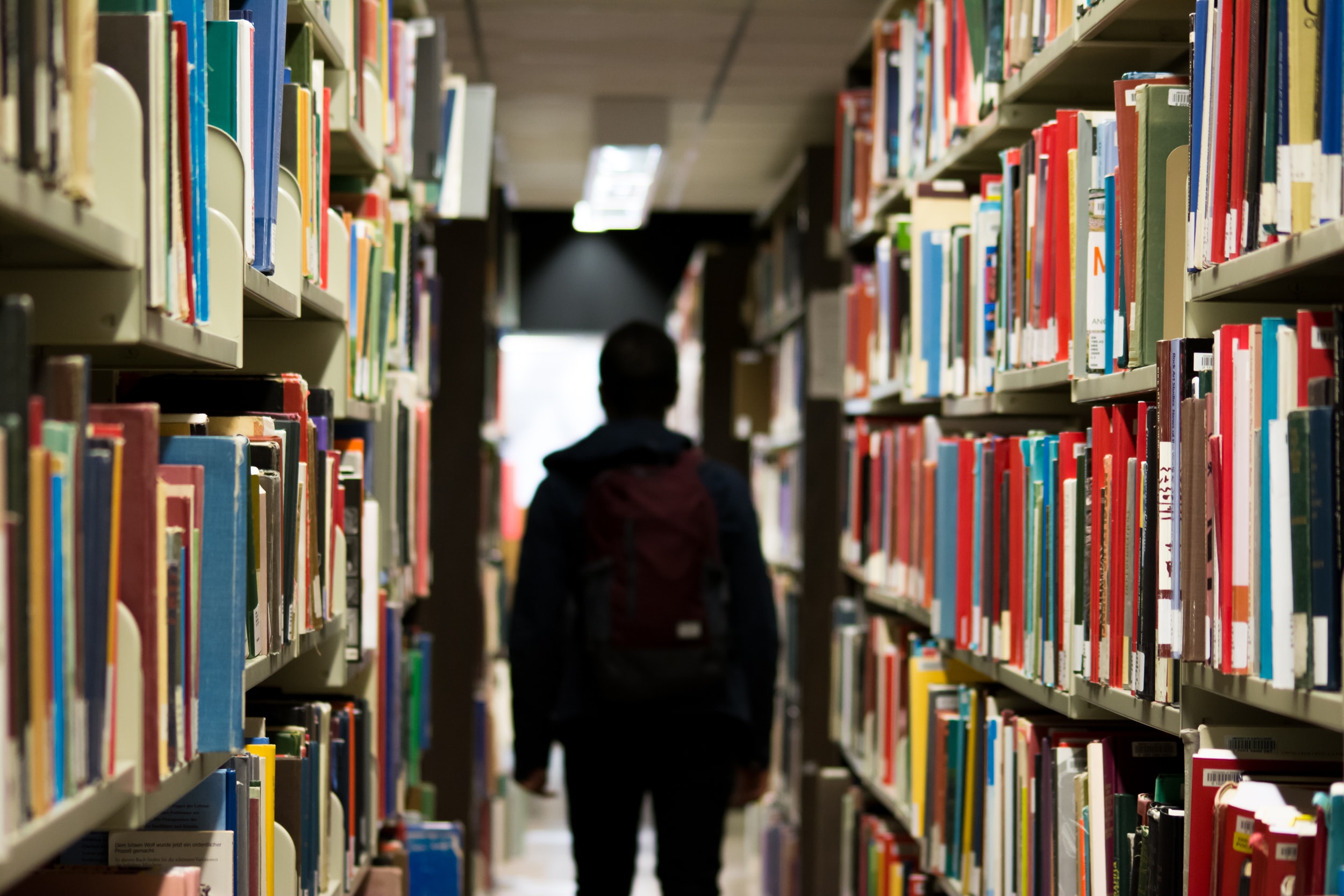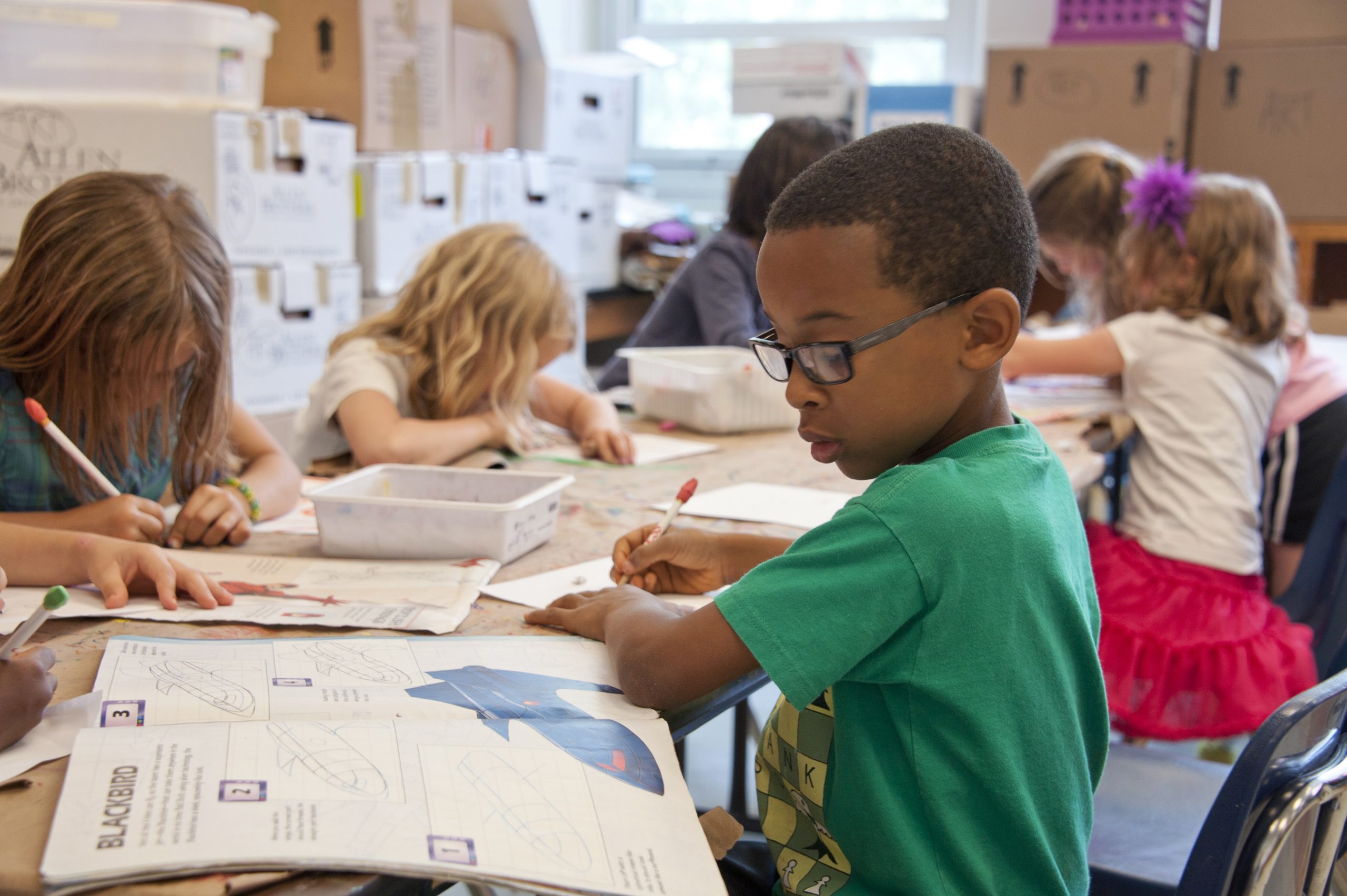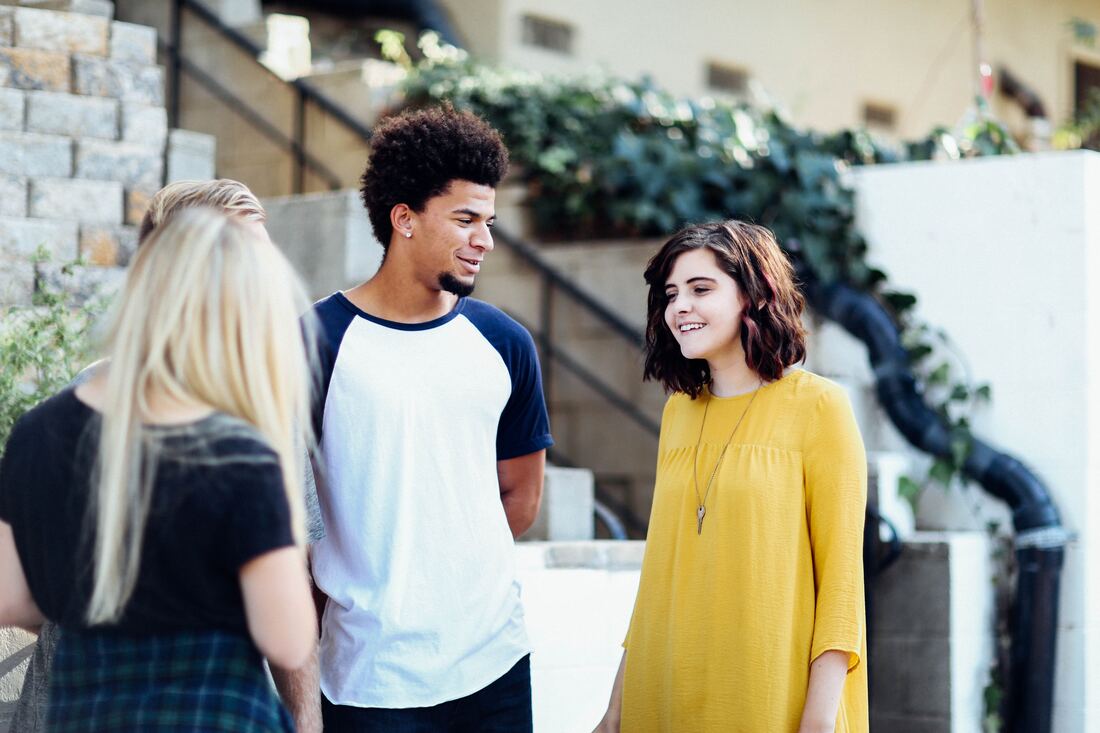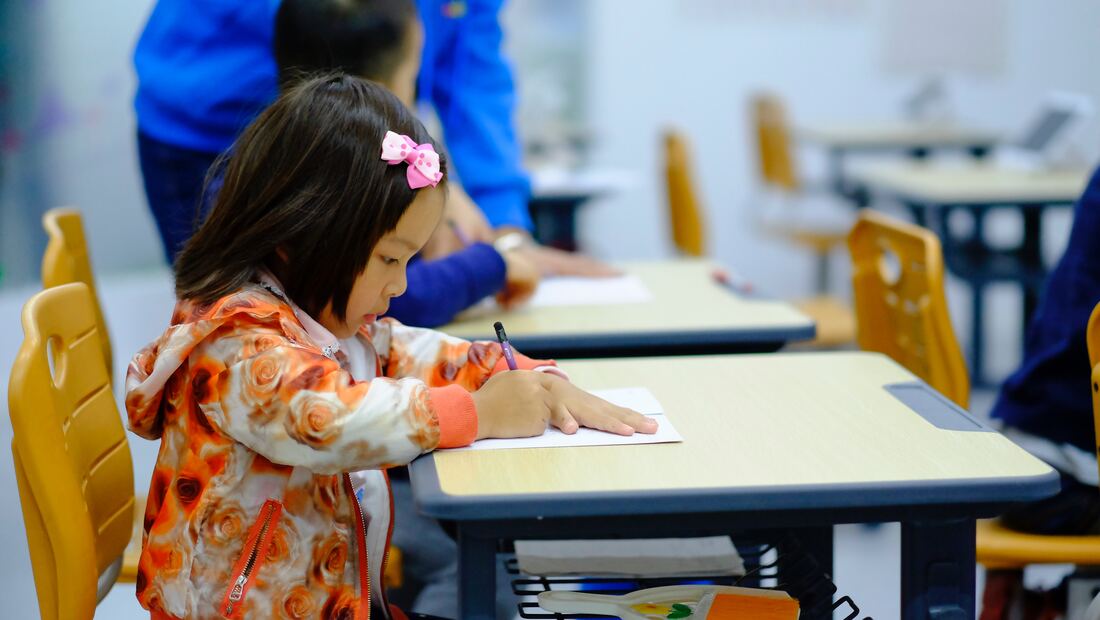When their child begins to show signs of learning disabilities, some parents consider it a lightbulb moment. Both parent and child are relieved to receive a referral for a diagnostic test for learning disability-related issues, including ADD symptoms. For some, diagnosis is clear and straightforward.
However, the developing adolescent brain is a complex place, and no two children will present with the exact same constellation of symptoms, even for what we once believed, only a few decades ago, was a fairly straightforward diagnosis like attention deficit disorder. For an increasingly large number of school-aged children, a learning disability goes hand in hand with giftedness.
What Does It Mean to be Twice-Exceptional?
The twice-exceptional student’s curious paradox has been on the radar of educators—and neuroscientists—since the 1990s, but it is still a largely misunderstood concept. Many of these kids get left out of the conversation surrounding learning disabilities. However, the unique challenges they face, in the classroom and later on in the workforce, are real.
Twice-exceptional, or 2e, children are typically highly skilled to the level of giftedness in one area, while simultaneously presenting as learning disabled. A child who presents as exceptionally gifted and talented in reading and writing, for example, might also struggle to tell time using an analog clock or complete a fundamental math problem. Dyscalculia is present in a significant percentage of students with a diagnosis of ADD.
Similarly, parents might be frustrated by the nighttime meltdowns as their intelligent and motivated child cries over a textbook. Of course, the one who suffers the most due to a lack of information about twice-exceptionality is not the parent or the educator but the child who struggles to feel heard and understood daily.
Breaking the Stigma
With increased awareness about twice-exceptionality, and more special education options for students falling behind, students can not just manage but thrive in school environments.
A student with a learning disability might prefer to learn in a smaller school with more teacher-to-student interaction rather than peer interaction that leaves them feeling isolated, lonely, and overwhelmed by social rules.
The best approach to handling twice-exceptionality is to provide a safe and comfortable learning environment for the child to learn at their own pace. The traditional educational environment might not be the best for a student with these challenges, while special education schools can empower students.
